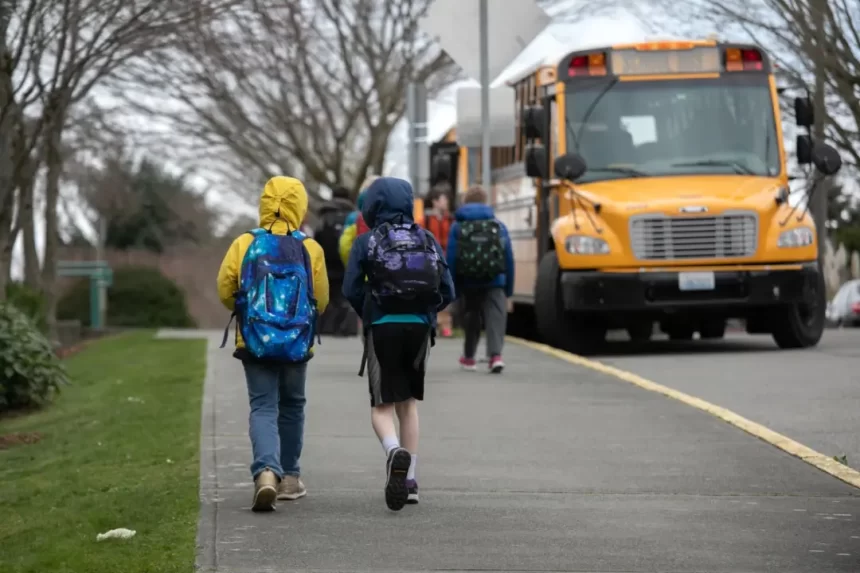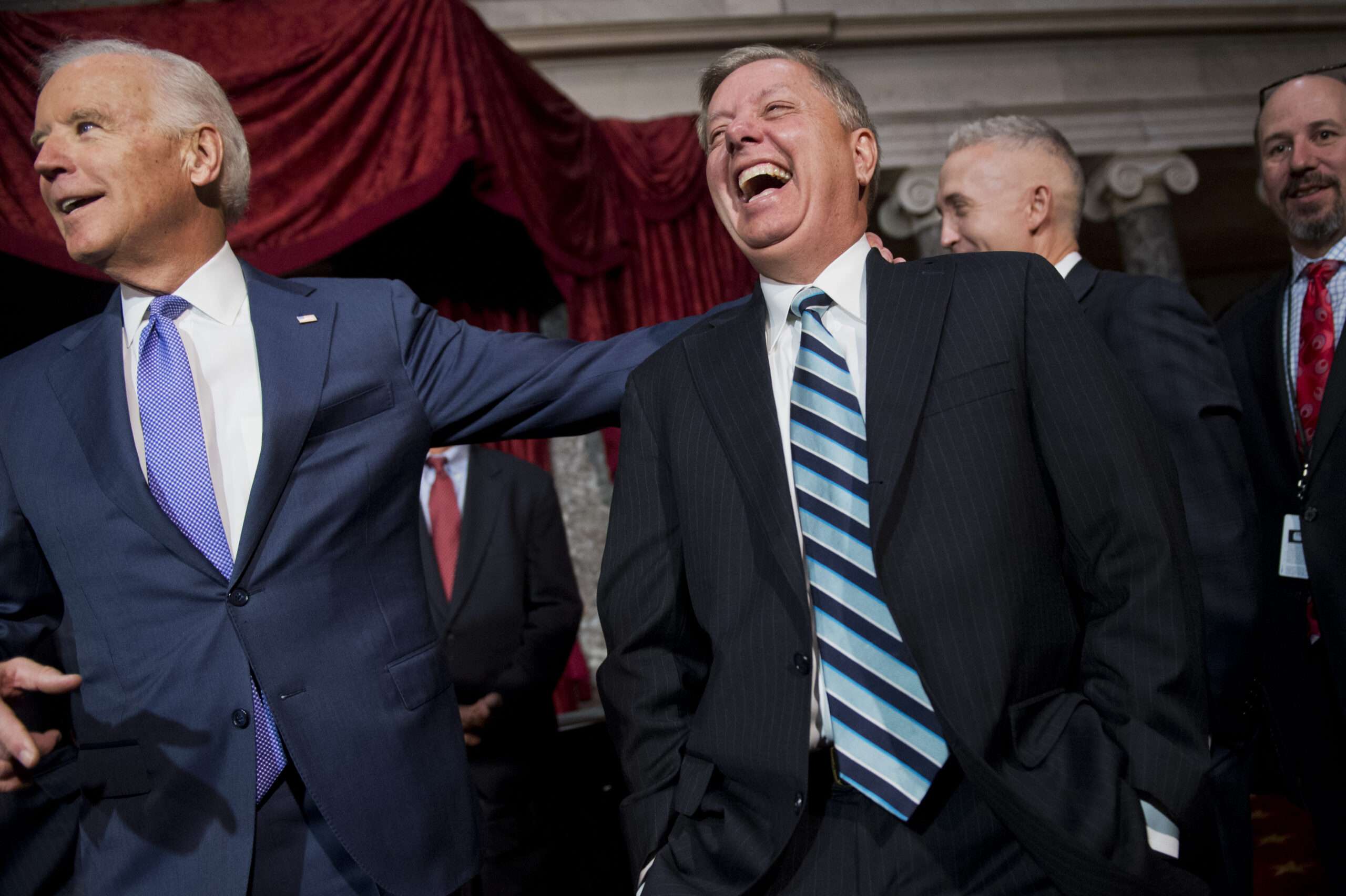Commentary
The future of education is being significantly influenced by the decreasing birth rates in the United States and globally. With fewer children being born and immigrating, the school-age population is expected to decline sharply in the coming decades.
During the previous baby bust, school closures and teacher layoffs occurred as a result of declining school populations. This led to increased unionization among teachers for protection.
As the population with school-going children decreased in the 1970s, there was a shift in school funding from local property taxes to state and federal sources. This change made schools more financially vulnerable to future enrollment decreases.
With school enrollments and funding expected to decline, districts face challenges in maintaining financial stability. The reliance on state and federal funding per pupil makes them susceptible to funding cuts with dropping enrollments.
Expectations for financial relief from state and federal governments should be tempered, as budgets are already strained with competing demands like healthcare and infrastructure.
As enrollments continue to drop, school closures and teacher layoffs are predicted to be more significant than in the past. This could lead to further challenges for education institutions and teachers.
The declining birth rates may also impact the adoption of educational reforms, particularly in expanding school choice programs. States facing labor shortages may see school choice as a way to attract or retain families and their labor force.
This competitive pressure to adopt choice programs may increase as more states consider universal private school choice programs to give parents more control over their children’s education.
Once Texas implements universal school choice, which is expected to happen next year, nearly 40 percent of all students in the country will be eligible for private school choice.
With many red states jumping on the choice bandwagon as they gain population, it will be challenging for other states to resist adopting similar universal choice programs. States like Georgia, Idaho, Mississippi, Tennessee, and Wyoming may struggle to justify why they are not following in the footsteps of Alabama, Arizona, Arkansas, Florida, Iowa, Louisiana, North Carolina, Oklahoma, Texas, and Utah. Once almost 20 red states have embraced universal school choice, purple and blue states will face immense pressure to do the same or risk losing families and labor force to states that empower families with educational options.
Moreover, private choice programs are more cost-effective per pupil than traditional public schools, making them financially appealing to state policymakers. This cost savings can help cover rising healthcare expenses and potentially increase per pupil funding for students who remain in public schools.
As economic historian William Fischel highlighted in his book “Making the Grade,” American families’ ability to move played a significant role in shaping the country’s education system. Educational opportunities were a key factor that attracted families to relocate to new communities and boost the area’s tax base.
The Northwest Ordinance of 1787, for instance, allocated land for building local schools to entice families to move West and settle in the Northwest Territory. Similarly, local communities expanded their school districts to offer secondary education as a way to attract families to their area.
Fischel points out that Tiebout choice, or the competitive market of local governments, influenced the development of our current education system. However, these arrangements are not fixed and will continue to evolve due to competition among local governments. Tiebout choice will likely push policymakers to offer universal private school choice to attract families and their labor force to their state. As birth rates decline, the competition for skilled labor will intensify, making policies that empower families with educational choices even more appealing.
Views expressed in this article are the author’s opinions and do not necessarily reflect those of The Epoch Times.
Source link






